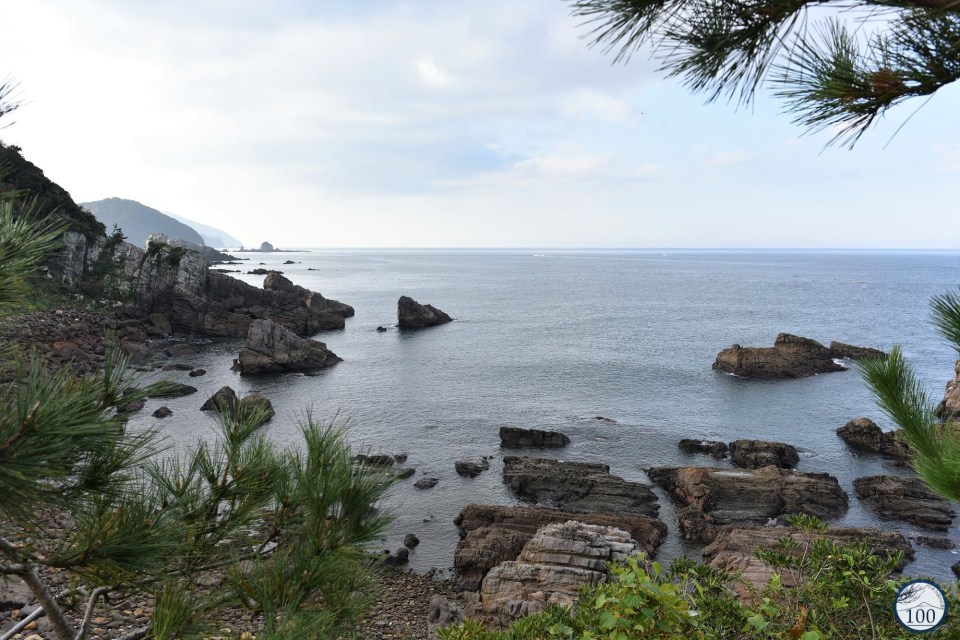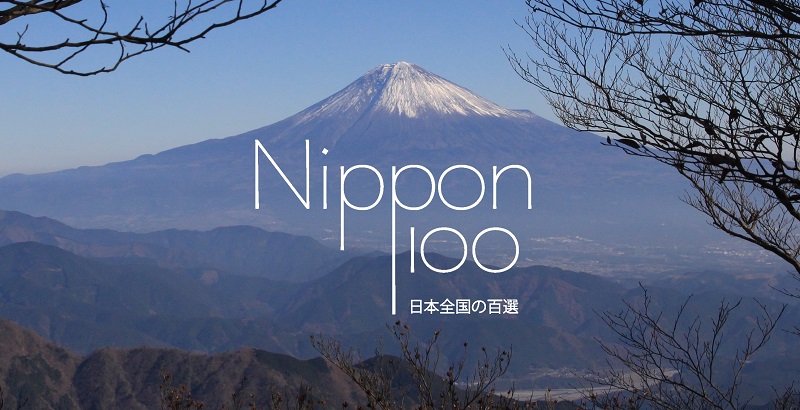Western Kyushu is home to numerous islets, coves and coastal mountains. For centuries, it was the first landscape that foreigners had been discovering when they arrived in Japan for the first time. Nagasaki’s area was thus the one that was reached by European missionaries in the 16th century, and the home of the first Japanese Christians before 1614 and then the ban on that religion. The sites related to that history are listed as UNESCO World Heritage since July 2018.
Today, that’s an area where even Kumamon is wearing a cross around his neck.

The last Portuguese missionary in Japan was executed in 1644, in Kyushu. That followed several years of repression, from death penalty for every Christian to torture (for the Christians to become apostate). Yet, while hundreds of them died as martyrs (for example in Unzen Onsen Hells), the Japanese Christians managed to pass on their faith until our days. They had to hide themselves and/or their beliefs, and were thus called Hidden Christians ((kakure kirishitan, 隠れキリシタン).
Martin Scorcese made a movie out of that part of history, Silence, released in 2016.
When Japan opened itself to foreign influences, gradually after 1854, missionaries reached again Kyushu. They were surprised to discover huge communities of Christians, and a lively faith, mainly around Nagasaki but also on the whole Kyushu and even on Honshu.

This time, in the late 19th century, most of the missionaries were French. They settled in the villages and began to help the christian communities, celebrate Mass, baptize and give the sacraments, and build churches. Many of these men spent their lifetime in Japan and died there in the beginning of the 20th century, so far away from their homeland.
That’s why so many familiar looking steeples are to be found in that part of Japan.

World Heritage Hidden Christian sites
The “Hidden Christian sites in the Nagasaki Region” have received World Heritage status in July 2018. Actually, twelve sites are inscribed (see below), in the coastal area of Nagasaki and Kumamoto prefectures. Ten villages where the communities lived and are still living, plus Oura Cathedral and Hara castle.

Last fall, we took the time to visit two churches, while we were touring Kyushu in a rental car. They are located far off the beaten path, and we had to take several ferries to reach them – in an area where locals are still surprised when they come across a foreigner.
With the exception of Oura cathedral, visiting these churches usually need to book in advance using the dedicated website (in English, Japanese or Korean).

Sakitsu church in Amakusa

On Shimoshima island, Amakusa town was once home of many Hidden Christians. One of the main symbol of that part of history is Sakitsu church, in Sakitsu village. It was build in 1934 at the exact place were stood the former head of the village, a building in front of which every villagers had to step on a crucifix (or holy picture) in order to demonstrate they were not Christians.
That was called fumie, and while many of them refused to step on – and were thus executed – many Hidden Christians did it in order to survive and disseminate their faith.
The church was built by a French missionary, Father Augustin Halbout (1864-1945), for whom Sakitsu was the last parish. Retired after 1941, he died in the quiet fishermen village and has been buried in the local christian cemetery.
As it was the case in Miyazu church (on Kyoto by the sea, not far from Amanohashidate), a site that we visited at the beginning of Nippon100 Project in March 2017, the floor is covered with tatami mats and you will need to take off your shoes at the entrance.

For generations, Hidden Christians in Sakitsu had to pray in the local Shinto shrine, named Sakitsu Suwa. But while they were acting as regular Shinto believers, they were praying the christian god and were repeating anmenriyusu, which was a Japanese distortion of “Amen Deus”.


Oe Church in Amakusa
The second church we visited in Amakusa was more inland, at the top of a hill and thus offering a nice view over the area. It has been built in 1933. Its style and the surrounding luxurious vegetation made us think of Brasil.


Oe church was built by Father Louis Garnier (1860-1941), another French missionary, born in Le-Puy-en-Velay. He managed to do that with his own savings and the help of the parishioners. Unlike Father Halbout, he spent almost all his time in Japan in Amakusa. He too died here, in 1941, and was buried in the local cemetery without seeing France again.


Hidden Christians in Nagasaki
Even though we mostly described Shimoshima island, in Kumamoto prefecture, the history of the Hidden Christians continues on the other sides of the Tachibana and Shibamara bays, Nagasaki prefecture side. For example in Unzen area or around Nagasaki Peace Park, in Urakami.
That’s where stand Urakami cathedral, named after that former suburb of Nagasaki city. It was inhabited mainly by Hidden Christians when the 19th century missionaries reached the area. That was a huge surprise for them. The cathedral was thus build by Father Bernard Petitjean, in 1895, to reward their long expectancy, and was Asia’s first cathedral.

In details, the twelve sites listed as the “Hidden Christian sites in the Nagasaki Region” are the following:
- Remains of Hara castle;
- Kasuga village and sacred sites in Hirado;
- Sakitsu village in Amakusa;
- Shitsu village in Sotome;
- Ono village in Sotome;
- Kuroshima island villages;
- Remains of Nozaki island villages;
- Kashiragashima island villages;
- Hisaka island villages;
- Egami village on Naru island;
- Oura cathedral.
Epilogue
That is unusual but we will end this post with an anecdote. After the trip in Kyushu, during fall 2017, we met again the Hidden Christians in the Southernmost part of the area.
It was in March 2018, while we were touring Amami Oshima (which was even a part of the Ryukyu kingdom but is now part of Kagoshima prefecture). Several islands are to be found South of Amami Oshima, including Yoroshima. About 30 people are living there.
We were invited to enter in one of the houses, and were surprised to find a frame featuring a photo of Pope John Paul II in the middle of the usual items. Which was definitely out of place in that remote part of Japan.
We asked the old landlord why was the Pope here. He casually told us that his mother was a kakure kirishitan. Himself being the descendant of Christians who took shelter on that island long ago.
How to get there?
Exploring the several Christian sites of Kyushu is not really easy. Reaching Sakitsu village using public transportation takes at least 3 hours and 30 minutes from Kumamoto city and 3 hours and 50 minutes from Nagasaki, using in any case at least a train, a ferry and three different buses. This official map is made to learn more on that point.
A rental car is a good option to ease the journey. But you should still pay attention to the ferries timetables.

